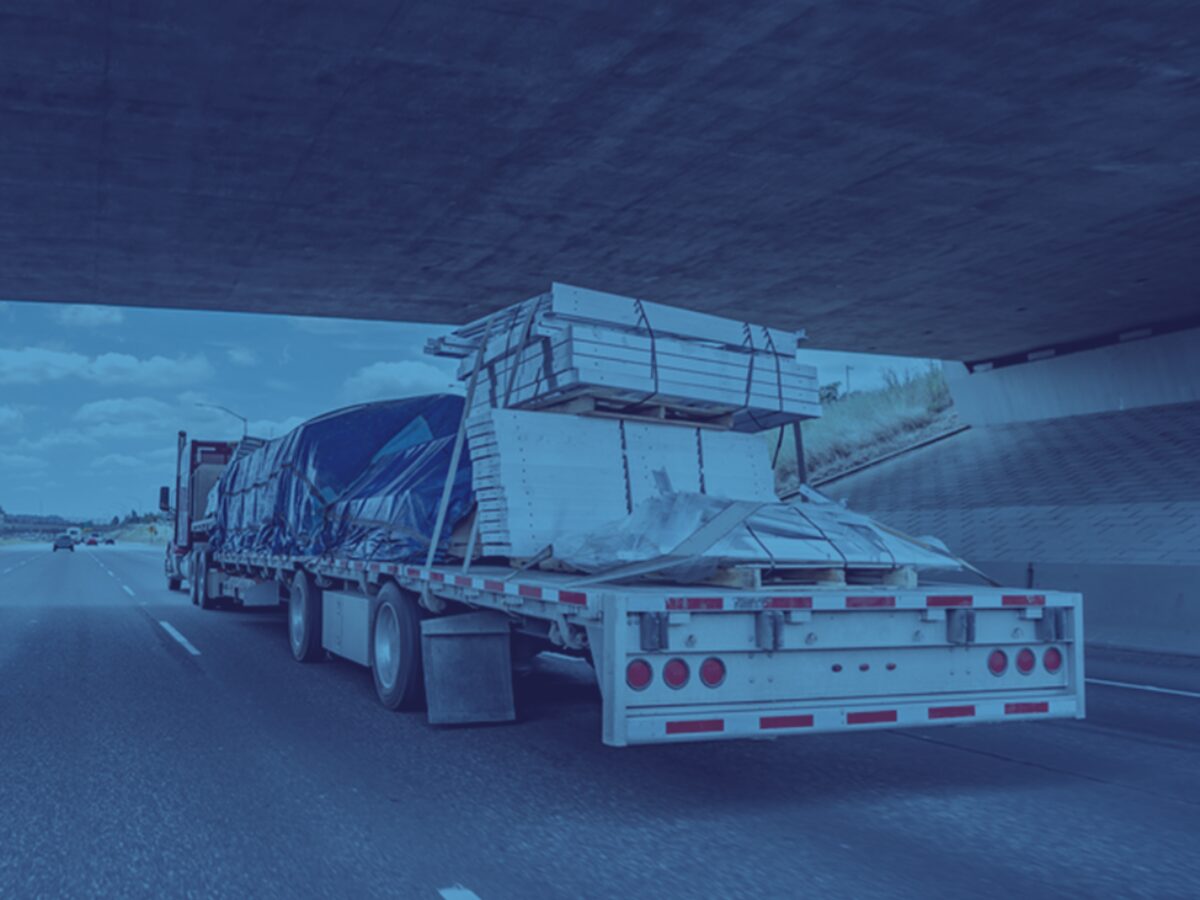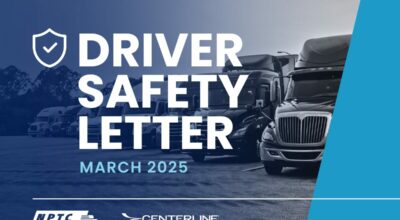Tips for flatbed truck drivers to maximize safety and efficiency

The world relies on flatbed trucks to transport certain items from one location to another. This makes flatbed truck drivers critical to keeping our country up and running.
If you drive this type of truck, here are a few flatbed trucking tips that can help keep you and your load safe while maximizing your efficiency at the same time.
Keep your truck in park whenever your load is not secure
Of course, you never want to drive down the road with an unsecured load, whether you have an enclosed bed or not. Yet, you may be tempted to move your truck small distances before taking the steps needed to secure your load, such as to enable the next driver to take your spot and get his or her load while you tarp or strap up.
Moving your truck before the load is completely secured can create a couple of problems. For instance, even relatively small movements can cause your load to shift. Not only does this increase the risk of damage to the product but it is also a huge safety issue for anyone around your truck. In short, the only time your truck should leave park is after your load has been properly secured.
Know the rules
The Federal Motor Carrier Safety Administration (FMCSA) is responsible for setting cargo securement rules. These rules apply to flatbed carriers involved in interstate commerce and are designed to increase safety while securing your loads, also reducing the potential for load shift during transit.
For example, one rule is that your load must be able to withstand certain levels of acceleration and deceleration (0.5 gravity acceleration in either a rearward or lateral direction and 0.8 gravity during deceleration). Another rule is that, if your trailer is equipped with rub rails, the tiedowns must be located inboard of these rails when practicable. Some rules relate to specific load types, such as if you are transporting logs, metal coils, concrete pipes, or heavy machinery.
The FMCSA publishes all of the cargo securement rules online so drivers have access to the most up-to-date requirements. Familiarizing yourself with these rules ensures that you are compliant with federal guidelines. It also keeps both you and your load safe during all stages of transport.
At the same time, it’s equally as important to know any rules set by your employer. Following these rules keeps you in good standing with the company. If you’re a new employee, ask your supervisor if there are any additional regulations you need to be aware of before setting out with your first load.
Develop the philosophy that “there’s no such thing as too much”
There are instances where you can have too much of something. Consume too much sodium and you risk developing high blood pressure. Drive too fast and you’ll likely get a speeding ticket. At the same time, there is some value in having the opposite philosophy when it comes to being a flatbed driver.
One way that this way of thinking can benefit you is when deciding how many straps or chains to use to secure your load. Using too few could lead to problems while there’s no real drawback to using more than you need. The latter also provides a greater level of security that your load is going to be okay even if one of the straps or chains fails.
Along the same lines, keeping extra straps and chains on hand can prevent you from being in a bind should one break. You simply grab a different one and you’re ready to go.
It may even be helpful to carry extra pieces of other equipment so you always have it on hand and accessible. This could include gloves, safety glasses, hard hats and any other items you use regularly as a flatbed truck driver.
Check, check and check again
The last thing you want to happen while transporting a load is to be driving down the road and look in your side mirror only to see the load falling off your truck. Or to be faced with a quick stop only to feel the load shift forward more than it should.
Make it a point to double-check your load before you get in the truck’s cab. If it’s helpful, develop a pre-transport checklist that you can use to ensure that you didn’t forget anything.
Additionally, take the time to stop within the first hour or so of your drive to check the load again. Verify that the straps, chains, and tarps are still in their proper place. If anything looks questionable, take the steps needed to rectify the issue so it doesn’t become a problem down the road.
Following these tips can help flatbed truck drivers maximize both safety and efficiency when transporting a load. This provides greater peace of mind and everyone on the road is safer because you choose to not only do your job but to do it well.
To learn more about driver safety and other truck driving safety tips, visit our content library here.


